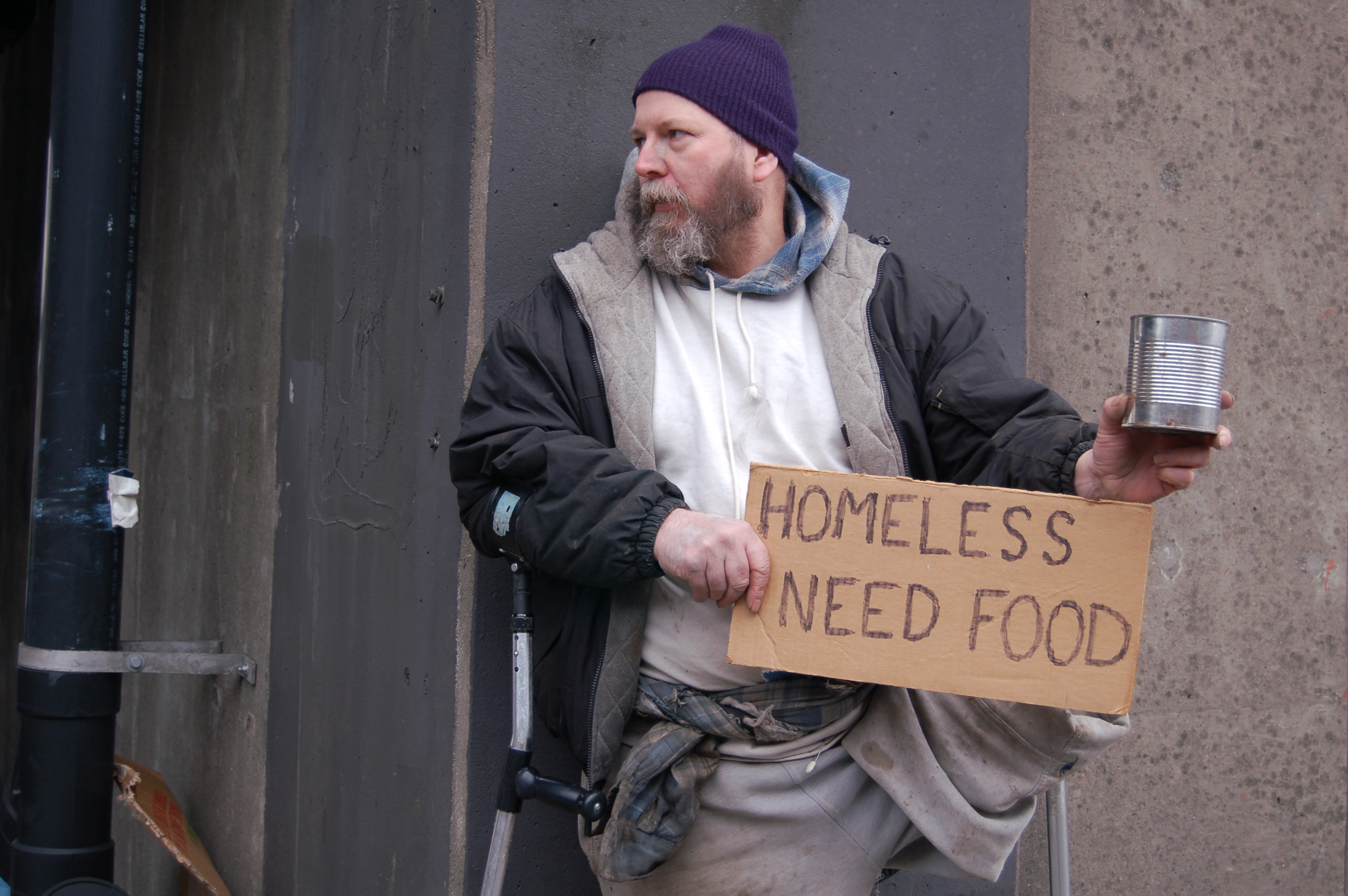 By Erin Vinoski Thomas, MPH, CHES, Health and Disability Fellow, NACCHO; and Chloe Vercruysse, MBA
By Erin Vinoski Thomas, MPH, CHES, Health and Disability Fellow, NACCHO; and Chloe Vercruysse, MBA
This post originally ran in NACCHO Essential Elements blog.
People experiencing homelessness lack sustainable access to housing and instead turn to emergency shelters, transitional housing, or places not meant for overnight residence. In the Unites States on a single night in January 2018, 552,830 people experienced homelessness; between 2.5 and 3.5 million people experience homelessness over the course of any given year. Housing is an important determinant of health, and those who experience homelessness are at greater risk for health challenges.
People with disabilities are disproportionately likely to experience homelessness. Point-in-time counts (i.e., counts of the people in a community experiencing homelessness on a single night) suggest that nearly one quarter of individuals experiencing homelessness have a disability, including physical, intellectual, and developmental disabilities, as well as mental health and/or substance abuse disorders.
Social-Ecological Factors Influencing Homelessness among People with Disabilities
Societal Level:
Federal policies, such as those regulating wages and supplemental security income (SSI), influence homelessness among people with disabilities. For example, many people with disabilities work for subminimum wage, contributing to higher poverty and homelessness rates. Other federal policies limit the amount of income and assets people receiving SSI can have, making it difficult for them to prepare financially for a crisis (e.g., death of an older caregiver).
Community Level:
Many shelters are inaccessible to people with disabilities, which has been the subject of recent litigation in several major cities, including Chicago and New York City. When denied access to shelters, nearly seven in 10 people with disabilities who experience homelessness stay in dangerous locations (e.g., on sidewalks or under bridges), directly affecting their health outcomes.
Shelter staff also may be inadequately trained to work with people with disabilities. This issue particularly affects people whose disabilities are often “invisible,” such as people with autism. Front-line staff may not be equipped to provide reasonable and necessary accommodations to these populations, such as alternatives to pat-downs and accommodations for other sensory needs.
Interpersonal Level:
People with disabilities experience housing, health care, employment, and wage discrimination, preventing or making it difficult for them to secure sustainable housing and income necessary to meet their basic needs.
Evidence-based and Scalable Solutions
Many evidence-based programs exist to address factors influencing homelessness. These programs have the potential to be scaled up to reduce and prevent homelessness among people with disabilities.
Housing First:
The Housing First model, first implemented in New York City in 1992, emphasizes the provision of permanent supportive housing (PSH) to address the needs of individuals experiencing chronic homelessness. [1] Existing evidence demonstrating the effectiveness of PSH led the U.S. Interagency Council on Homelessness to endorse Housing First as the solution to chronic homelessness. Utah adopted a ten-year plan to end chronic homelessness by 2015. During this time period, the state reduced its chronically homeless population by 72%.
Emergency Preparedness and Response:
Emergency situations can cause and exacerbate homelessness, particularly among vulnerable populations. Emergency preparedness and response programs designed to consider the needs of marginalized communities have been effective in tempering the effects of such disasters on homelessness. Some Florida counties, for example, have developed strategies to effectively address the emergency needs of people with disabilities experiencing chronic homelessness. Strategies include developing task forces, streamlining and integrating various human service agencies, and designating specialist-staffed shelters to assist this population.
Post-Secondary Education:
Post-secondary education (PSE) programs that include students with disabilities may serve as an “upstream” solution, connecting people with disabilities with education and employment, thereby reducing their risk for homelessness. In the state of Georgia, for example, a network of nine inclusive PSE programs have been developed over the past five years; these programs have been effective in placing over 75% of graduated students in gainful employment. Over 250 inclusive PSE programs currently exist across the US.
How Local Health Departments and Their Staff Can Get Involved
- Needs Assessment –Local health departments (LHDs) should include people with disabilities who experience homelessness or face housing challenges in their community health assessment and community health improvement planning efforts. Intentionally including this population in the Mobilizing for Action through Planning and Partnerships (MAPP) process may highlight specific health and social issues that LHDs can work to address.
- Training – Many LHDs, particularly those that have worked with NACCHO’s Health and Disability Technical Assistance program, are already conducting training for their staff on people with disabilities and their specific health needs. LHDs might consider partnering with local shelters and other organizations working with chronically homeless populations to train their staff on interacting with people with disabilities.
- Advocacy – Public health workers can serve as powerful advocates for implementation of Housing First and similar models to improve housing instability and chronic homelessness in their jurisdictions.
References:
- Padgett, D., Henwood, B. F., & Tsemberis, S. J. (2016). Housing First: Ending homelessness, transforming systems, and changing lives. New York, NY: Oxford University Press.


